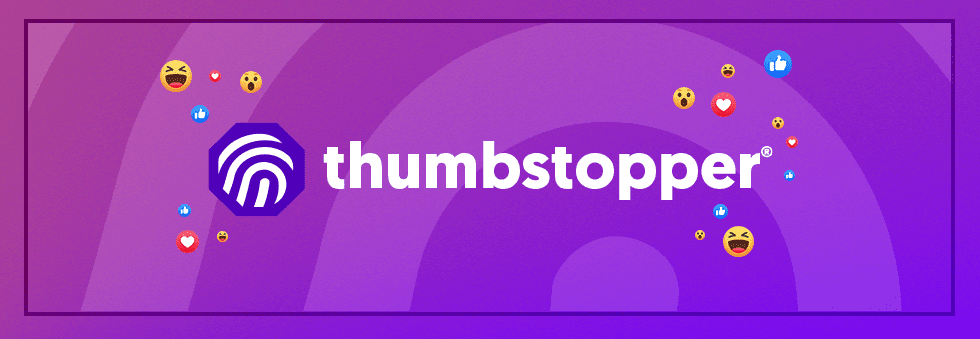The Challenge
In 2021, an international motorsports brand with hundreds of independent retailers was interested in launching new co-op advertising efforts. As a long-beloved brand with a loyal customer base, they understood the power of tapping into local audiences to reach more potential customers. The OEM launched a co-op marketing program with ThumbStopper, a solution for brands to seamlessly distribute content to their independent retailer networks. With ThumbStopper’s robust onboarding program, the OEM set a goal of enrolling 400 dealers in the first 90 days of the program. The program launched on January 27th, 2022.
ThumbStopper’s comprehensive retailer onboarding process addresses every potential roadblock to adoption. The enrollment dashboard is user-friendly regardless of technical expertise so retailers can enjoy a seamless setup process.

The Solution
Adoption
The highest priority when launching a co-op advertising program is ensuring brand-to-dealer connectivity. Working in collaboration with the OEM, ThumbStopper developed multimedia marketing materials to communicate with retailers the key benefits of opting into the new co-op marketing program. It also specified that the project was officially endorsed by the OEM to provide clarity on the program’s legitimacy. The customer success team then contacted the OEM’s entire network of retailers.
Retailers were shown how the program furthered their goals as independent dealers to improve their social presence and drive sales. In addition, retailers did not have to learn any new software to opt into the co-op marketing program: the ThumbStopper team guided them through the setup process.

Segmentation & Syndication
ThumbStopper empowers brands to intelligently direct content to the appropriate retailers. Once uploaded, branded social media content can be tagged for a number of variables – including region, product, and language. The international brand utilized ThumbStopper’s segmentation functions to guarantee that dealers could only receive promotional material for products they carry and content relevant to their location. Retailers were not asked to perform any tasks after onboarding, enabling the OEM to provide a hands-free, uninterrupted stream of social content to retailer pages.

The Results
In less than 60 days, the OEM achieved the goal of 50% of retailers adopting the co-op marketing program. The ThumbStopper customer success team assisted 392 retailers in adopting the program, accomplishing their adoption targets an entire month ahead of schedule. In the course of that time, the program earned an organic reach of over 1,100,000 users. By the end of the 90-day enrollment period over 440 retailers had adopted the program and were receiving content straight to their social feeds.
ThumbStopper provides tools to help OEMs activate their retailers and initiate a co-op advertising program that bolsters social media presence to increase reach and drive sales. Working with ThumbStopper gives brands access to:
- Simplified onboarding provided by ThumbStopper designed to educate and guide retailers through enrollment as well as maximize adoption
- Unique, unrivaled tools to segment and distribute content intelligently
- Support for retailers, including a hands-free experience that improves their local visibility and cultivates brand awareness
ThumbStopper delivers tangible results for brands like yours. Book a demo to find out more.




